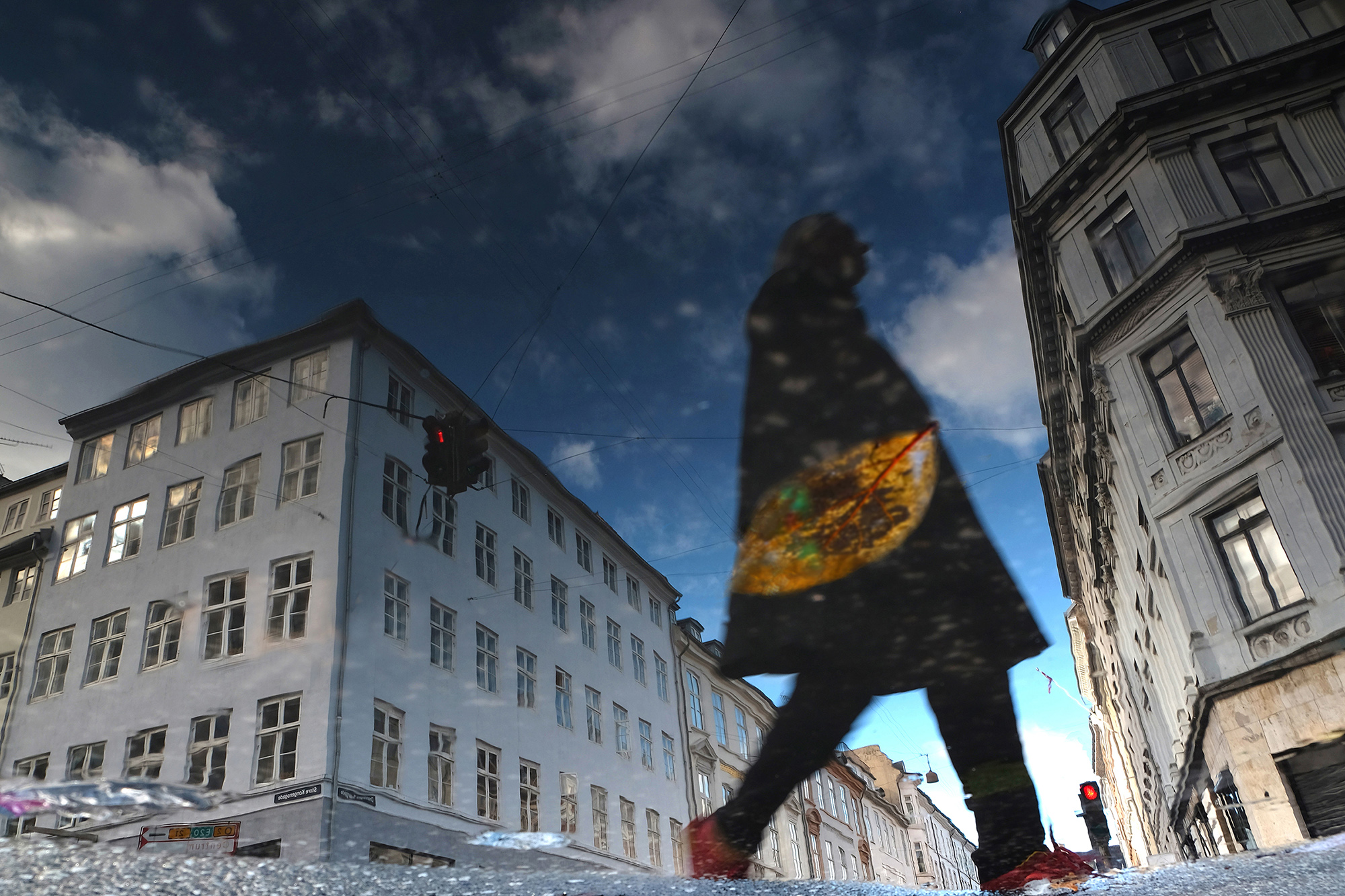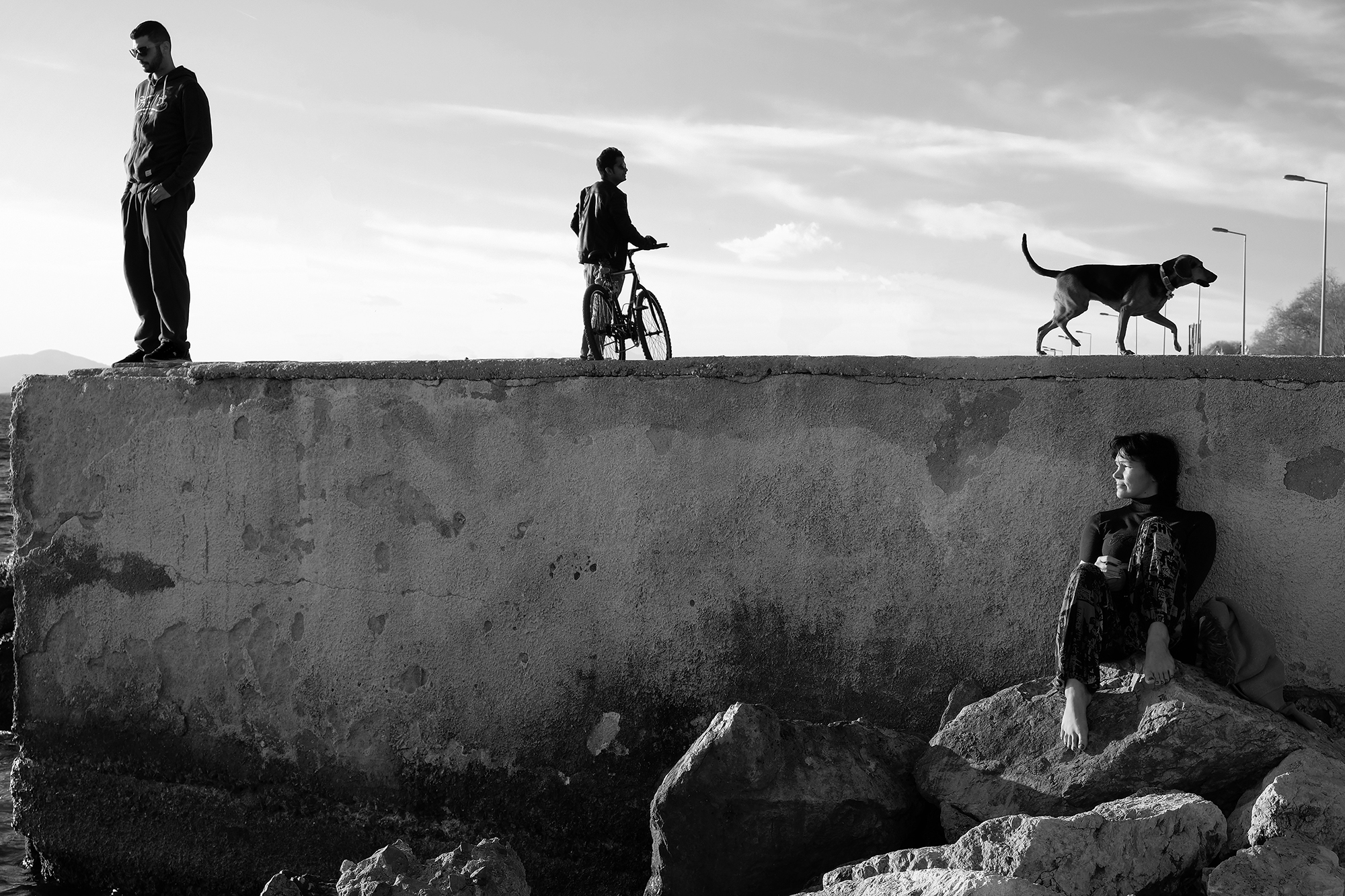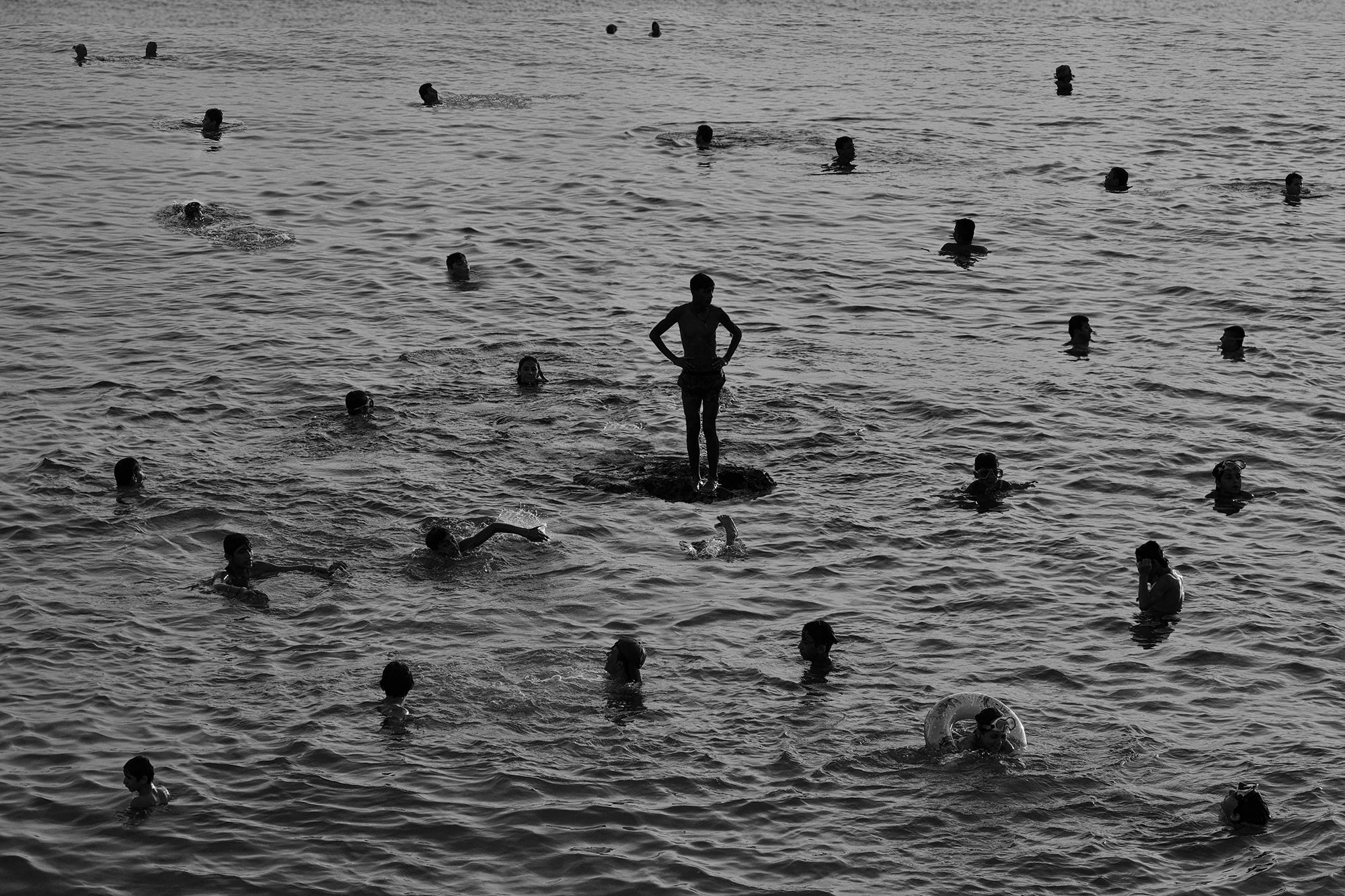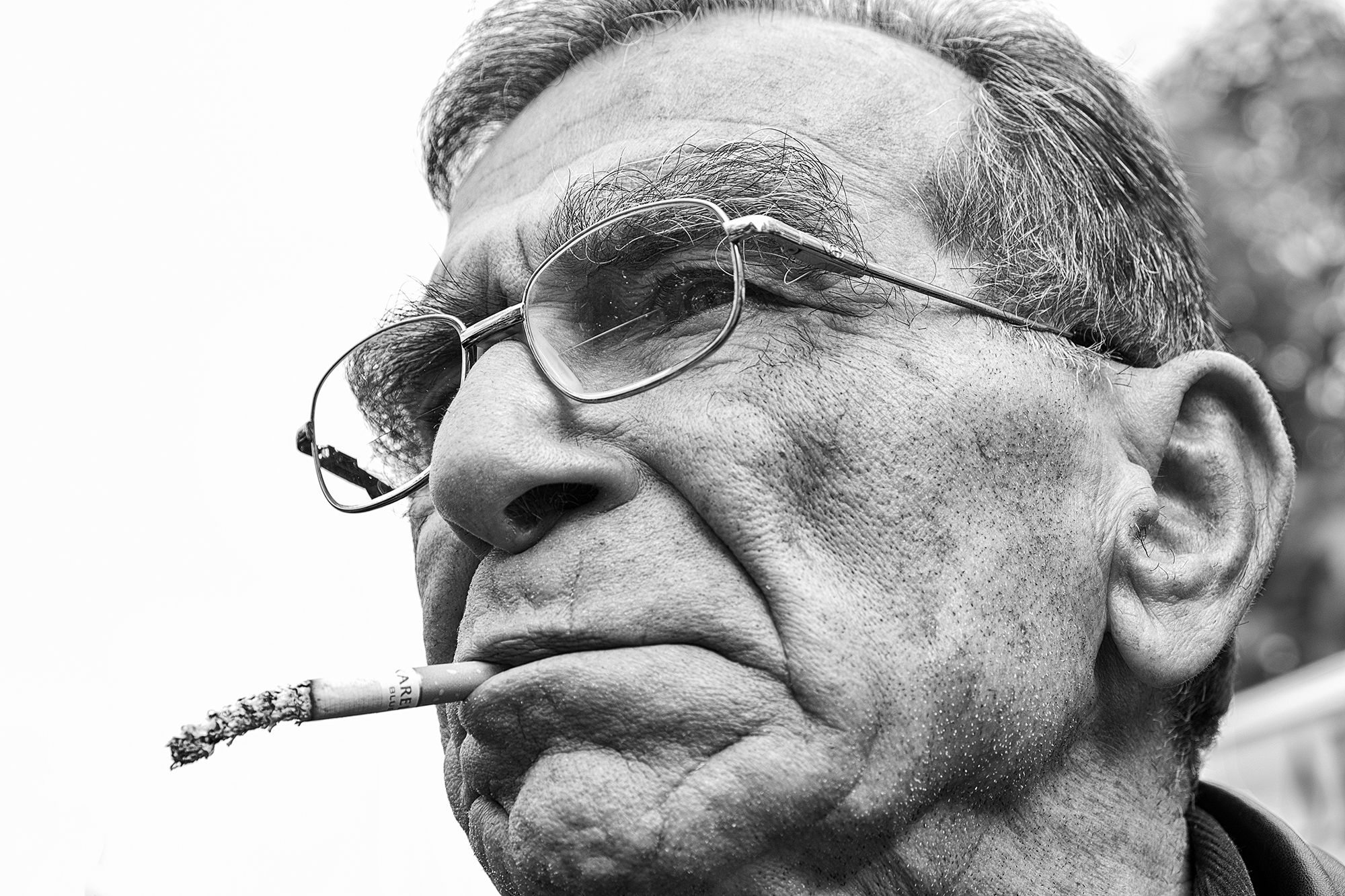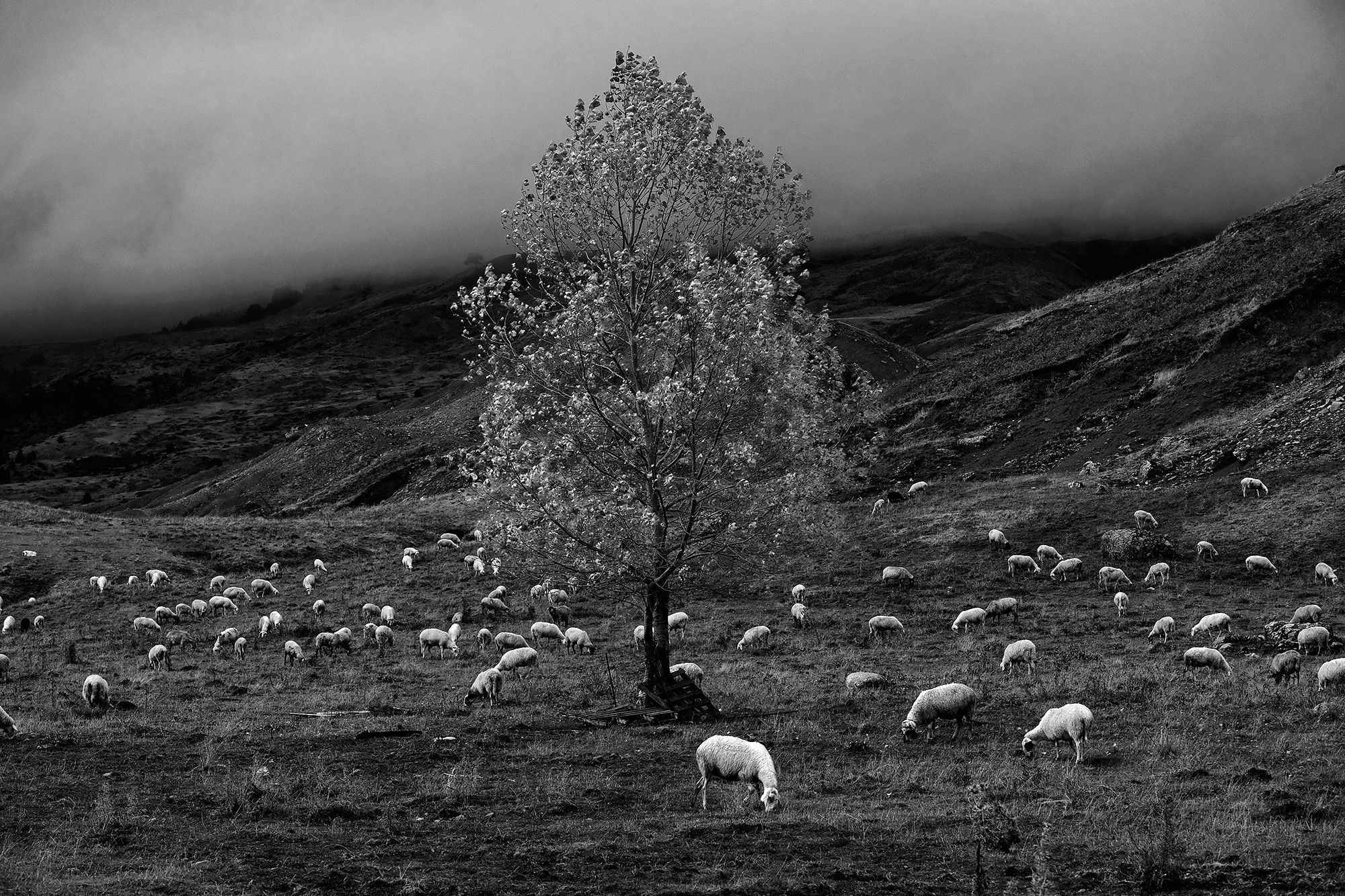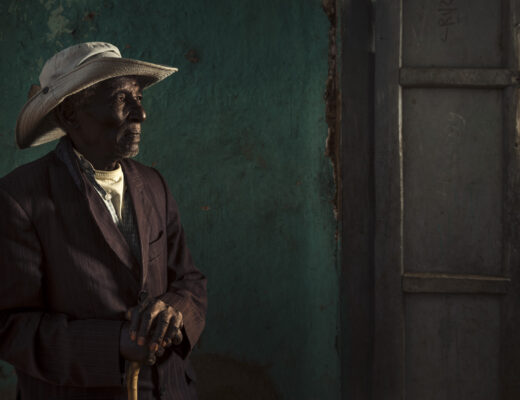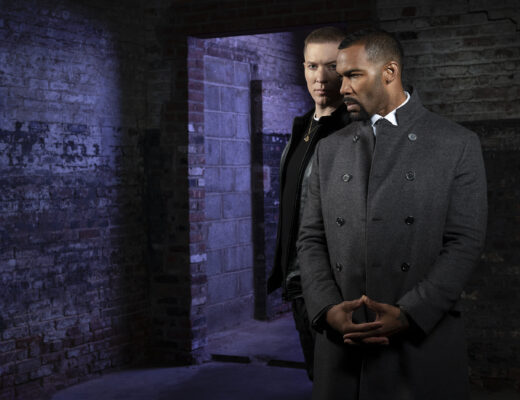First, I would like to thank you for giving me the opportunity to share my thoughts on the FujiLove blog. I bought my first Fujifilm camera, the X-T1, three years ago. I used it for the first time in the summer of 2015 during my trip to Copenhagen, Denmark. There I begun and completed my first photographic project using Fujifilm cameras named ‘Hidden Reflections’. I imagined and created photographs in vivid colours, using various angles and natural light, shooting exclusively through the water reflections on the streets, both during and after the rain. I started visualizing thoughts and intense emotions that I felt constantly generating, during my involvement with this particular and unique kind of street photography – reflections of the sky, buildings, people, within a carefully selected photo frame that removes all the unnecessary, keeping a sense of instantaneous moments in time. The small size and the weather-sealed body gave me the confidence that I needed to complete this project. I was fortunate to see many of these pictures to be exhibited around the world and especially the one below, which was among the winning selection of Fujifilm’s 5th Anniversary Photo Contest at X World photo gallery. The compactness, the great controls and handling in combination with the great image quality that Fujifilm’s cameras offer made my decision to trust Fujifilm.
There are no major features that Fujifilm misses from the X System. I love the fact that it improves your camera via continuous firmware updates. I’m confident that the next models will be improved in vast areas. If I had to choose one thing that I would like to see Fujifilm improving in the future, it would be battery life.
What type of photography do you mainly shoot, and how do you feel the X Series is well-suited to that genre and your own style of shooting?

